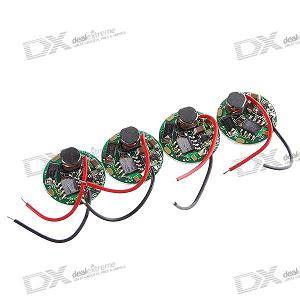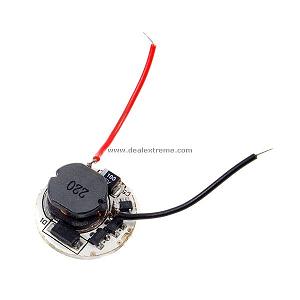spectral532
Newly Enlightened
- Joined
- Jan 15, 2010
- Messages
- 8
Can I safely connect the Vin(-) and the Vout(-) terminals of a driver board together to form a common ground? I am attempting to power a case-negative laser diode, so effectively the negative lead is constantly in contact with the flashlight case. Therefore, the Vin(-) and Vout(-) would both be connected to the case. Would the driver still work properly under these conditions?
I plan on using one of these two drivers.


http://www.dealextreme.com/details.dx/sku.7882
http://www.dealextreme.com/details.dx/sku.3256
I plan on using one of these two drivers.


http://www.dealextreme.com/details.dx/sku.7882
http://www.dealextreme.com/details.dx/sku.3256



